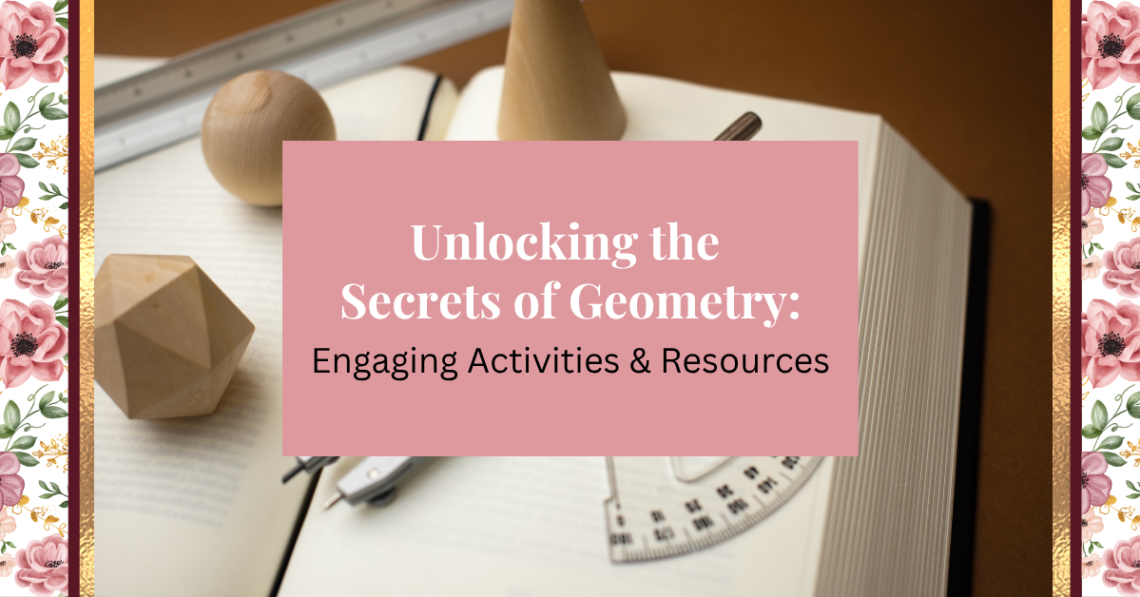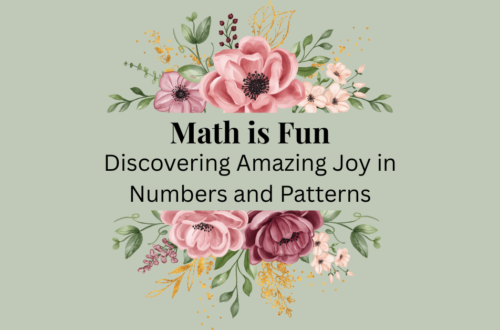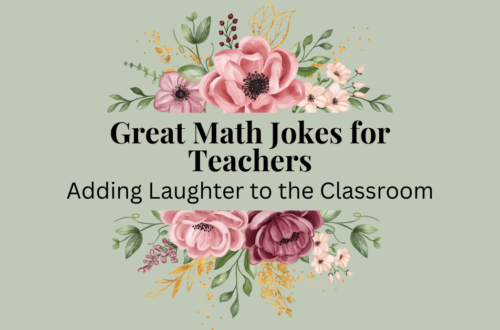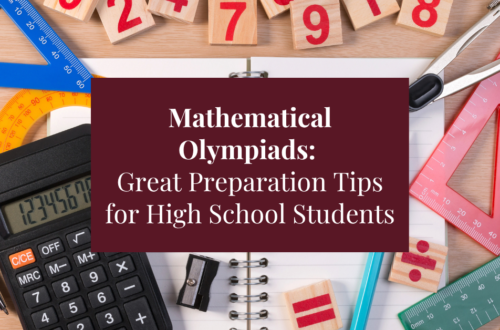Geometry is one of the most visual and tangible areas of mathematics. From the shapes and angles that make up the world around us to the more abstract properties that define how space works, geometry is essential not only in math but in many real-world applications. However, it can be intimidating for students without the right tools to make the subject engaging and approachable. That’s where hands-on activities, creative thinking, and well-chosen resources come in.
This post will delve into some of the most effective activities and resources to help high school students unlock the secrets of geometry, making it both fun and informative. Whether you’re a teacher looking to make lessons more interactive or a student seeking ways to study, these suggestions will elevate the geometry learning experience.
1. Hands-On Geometry Activities
One of the best ways to engage students with geometry is through hands-on activities that make abstract concepts more tangible. When students can physically manipulate shapes and explore geometric principles, they deepen their understanding. Here are some engaging activities to try in the classroom:
Create 3D Models
Creating 3D models from paper or other materials can help students understand the properties of shapes in a more concrete way. For example:
- Polyhedron Construction: Have students construct different types of polyhedra (such as cubes, pyramids, and dodecahedrons) using paper templates. They can learn about faces, edges, and vertices while improving spatial visualization.
- Cylinders, Cones, and Spheres: Ask students to use clay or foam balls to model these three-dimensional objects and calculate surface areas and volumes.
Why It Works: This activity builds visual-spatial thinking and allows students to see geometric concepts from multiple angles. It also gives them a sense of accomplishment as they create something tangible.
Angle Hunt
Angles are a key element of geometry, and learning to identify them in the real world is an exciting challenge for students. To make it more interactive:
- Have students go on an “angle hunt” around the classroom, school, or even outdoors to find examples of different types of angles (acute, obtuse, right, reflex).
- Once they identify the angles, they can measure them using protractors and categorize them according to their size.
Why It Works: This activity encourages students to observe the world around them critically, recognizing how geometry applies to everyday life. It also sharpens measurement skills.
Geometric Art Projects
Geometry and art intersect beautifully, and integrating artistic expression into geometry lessons is a fun and meaningful way to engage students. For example:
- Have students design tessellations using shapes like triangles, squares, and hexagons.
- Introduce the concept of symmetry by asking them to create artwork based on reflections or rotations.
- Encourage students to explore the use of the Golden Ratio in famous works of art and architecture, like the Parthenon or Da Vinci’s “Vitruvian Man.”
Why It Works: This activity highlights the creativity involved in geometry and shows students how math can be a part of artistic expression. It also helps them see the beauty of geometric properties in everyday life.
2. Interactive Geometry Software and Apps
In addition to physical activities, technology can play a significant role in helping students visualize and explore geometric concepts. Interactive geometry software and apps are an excellent resource for creating dynamic learning experiences.
GeoGebra
GeoGebra is one of the most popular free tools for learning and teaching mathematics, and it’s perfect for geometry. With GeoGebra, students can:
- Experiment with geometric constructions, such as triangles, circles, and polygons, and see how they change in real-time.
- Explore properties of angles, lines, and curves interactively.
- Visualize transformations such as rotations, reflections, and translations.
Why It Works: GeoGebra provides an interactive, visual platform for students to test hypotheses and explore geometry concepts in a highly engaging and self-directed way.
Desmos Geometry Tool
Desmos is widely known for its graphing calculator, but it also offers a Geometry Tool that lets students:
- Create geometric constructions by dragging points and seeing how shapes evolve.
- Explore geometric transformations, such as dilations and translations, in an intuitive, easy-to-use interface.
- Collaborate with others by sharing their constructions online.
Why It Works: Desmos is user-friendly and provides instant feedback on student work, helping them visualize and understand geometric relationships with ease.
Math is Fun: Geometry Games and Puzzles
Math is Fun offers a variety of online geometry games and puzzles that cover key topics such as angles, shapes, and transformations. These games include:
- Tangram puzzles where students arrange geometric pieces to form specific shapes.
- Shape Sorting Games that challenge students to classify shapes by properties such as symmetry, angles, and sides.
- Angle Maze where students navigate a maze by correctly identifying angles and making precise calculations.
Why It Works: Games are a fantastic way to add a bit of fun to learning and provide a risk-free environment for students to practice and refine their skills.
3. Real-World Applications of Geometry
Geometry is everywhere, and making connections to real-world applications is an excellent way to reinforce learning and show students the value of geometry beyond the classroom. Here are a few practical applications you can explore:
Architecture and Engineering
Geometry is essential for architects and engineers in designing buildings, bridges, and other structures. Discuss how architects use geometric principles like symmetry, area, and volume to design and construct stable and aesthetically pleasing structures.
- Have students create floor plans for a small building or design their own bridge using geometric principles.
Sports
Geometry is used in sports like basketball, soccer, and baseball, where players have to make decisions based on angles, distances, and trajectories. Discuss how athletes and coaches use geometry to plan strategies and optimize performance.
- Explore the angles involved in shooting a basketball or the geometry of a soccer ball’s trajectory.
Why It Works: Real-world applications give students a sense of purpose and relevance, making the concepts feel meaningful and practical. It helps them see that geometry is not just something that lives in textbooks but something that impacts their everyday lives.
4. Collaborative Learning & Group Work
Group activities foster teamwork and provide an opportunity for students to discuss geometric concepts and work through problems together. Collaborative tasks could include:
- Geometry Scavenger Hunts where students work in teams to find examples of different types of shapes or transformations.
- Building Geometric Shapes Together: Have each group create a large-scale geometric model, like a giant tetrahedron or octahedron, using straws or sticks.
Why It Works: Group work encourages peer learning, discussion, and critical thinking, which can reinforce concepts and provide different perspectives on how to approach geometry problems.
5. Books and Online Resources for Further Learning
There are many wonderful resources available to help deepen understanding of geometry:
- Books: “Geometry for Dummies” and “The Joy of x: A Guided Tour of Math, from One to Infinity” by Steven Strogatz offer accessible explanations of geometry and other math topics.
- Websites: Khan Academy offers free video lessons and exercises on geometry topics ranging from basic shapes to complex proofs.
- YouTube Channels: Channels like 3Blue1Brown and PatrickJMT explain geometric concepts through visual storytelling and step-by-step guides.
Why It Works: These resources are great for students who need extra help outside of class or who want to dive deeper into the subject on their own.
Conclusion
Geometry is a subject that is both beautiful and practical. By incorporating hands-on activities, interactive tools, real-world applications, and engaging resources, we can make geometry exciting and accessible for students. Whether you’re a teacher seeking fresh ideas or a student looking for ways to improve, these tips and tools will help you unlock the secrets of geometry in a fun and meaningful way.
How do you bring geometry to life in your learning or teaching? Share your thoughts or favorite activities in the comments below—let’s continue the conversation and learn together!





